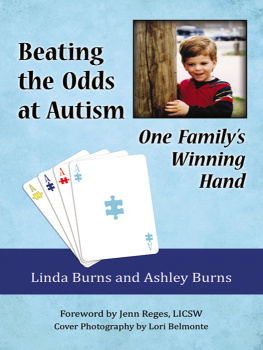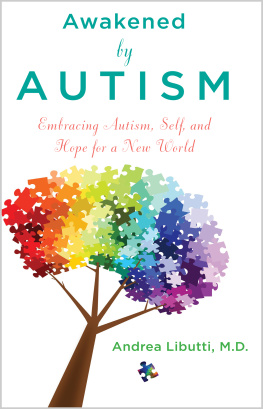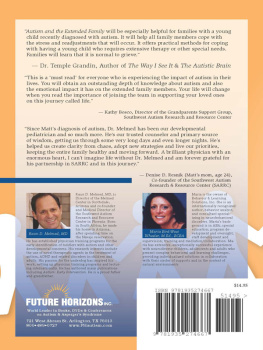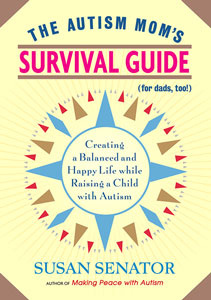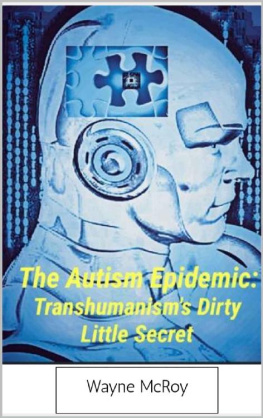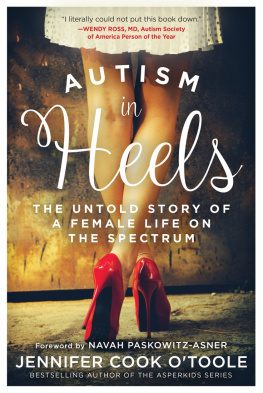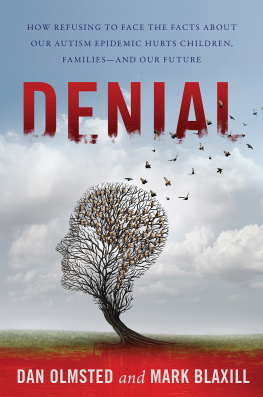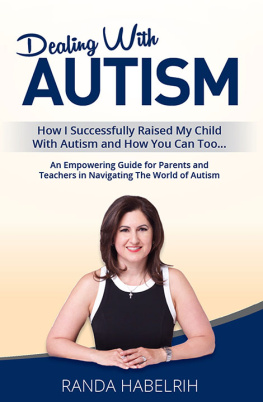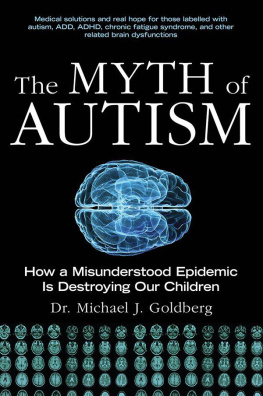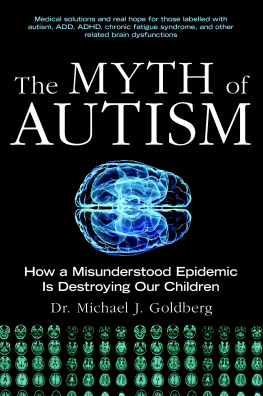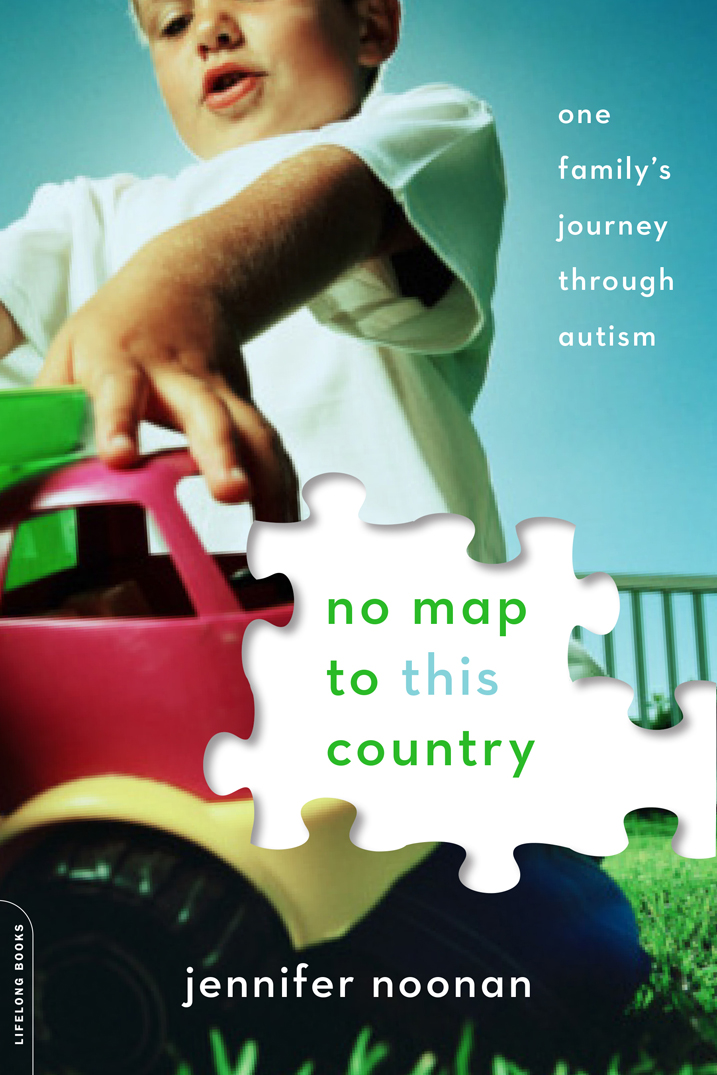Funny, engaging, courageous, No Map to This Country is a roadmap for anyone embarking on the journey to understanding what helps kids with autism.
Patricia Stacey, author of The Boy Who Loved Windows
Our society is riddled with vexing problems; bullying, drugs, and Internet safety are just a few of them. How do we cope with these problems? In a corporate environment solving problems would require an organizational leadership that would set rules and steer the company in an appropriate direction. At home, these same problems demand, more than anything, caring parents and community support.
Data from longitudinal studies on autistic patients who have improved enough so as to lose their original diagnosis show the importance of aggressive and tenacious parenting. These are parents who initiated interventions long before a diagnosis was obtained. Furthermore, the number of therapeutic interventions for recovered patients was large and intensive, requiring many hours of parental involvement each week. Parents soon find that there are, and will be, many competing demands for their time; too many to be handled by any single individual.
Jennifer Noonans book, No Map to This Country, could be the story of a race, in this case a marathon rather than a sprint. Preparing for a marathon is not something to be taken lightly. You need to break down different aspects of the race in order to achieve your goal. You also need information on your state of health (physical check-up), what shoes to wear, hydration, weather conditions, diet, and a rigorous training schedule.
Jennifer Noonan picks up the gauntlet of Clara Claiborne Park and Bernard Rimland as devoted parents preparing for a marathon and finishing it. In No Map to This Country Jennifer talks about her lifetime goals, the hopes she has for her children, her struggles with coping, and freely admits to her own personal shortcomings. It is also an educational book where Jennifer identifies autism related problems before they snowball uncontrollably. The book provides a guide path to those new to the world of autism, pioneers in their own right, as to what to expect and how best to proceed.
Maybe writing this book for Jennifer has been an exercise in grief shared is grief diminished; one where she narrates a journey of healing and redemption. Truthfully I had a feeling of despair in reading the first few chapters because I could readily identify with Jennifers plight and the problems she encountered. This feeling has been superseded by hope and confidence in knowing that the Noonan family is in good hands. I am looking forward to the postscript several years from now.
Manuel F. Casanova, MD, SmartState Endowed Chair in Childhood Neurotherapeutics, University of South Carolina, Greenville Health System


Many of the designations used by manufacturers and sellers to distinguish their products are claimed as trademarks. Where those designations appear in this book and Da Capo Press was aware of a trademark claim, the designations have been printed in initial capital letters.
Copyright 2016 by Jennifer Noonan
All rights reserved. No part of this publication may be reproduced, stored in a retrieval system, or transmitted, in any form or by any means, electronic, mechanical, photocopying, recording, or otherwise, without the prior written permission of the publisher. Printed in the United States of America. For information, address Da Capo Press, 44 Farnsworth Street, 3rd Floor, Boston, MA 02210.
Set in 12 point Granjon LT Standard by the Perseus Books Group
Cataloging-in-Publication data for this book is available from the Library of Congress.
First Da Capo Press edition 2016
ISBN: 978-0-7382-1905-9 (ebook)
Published by Da Capo Press
A Member of the Perseus Books Group
www.dacapopress.com
Note: The information in this book is true and complete to the best of our knowledge. This book is intended only as an informative guide for those wishing to know more about health issues. In no way is this book intended to replace, countermand, or conflict with the advice given to you by your own physician. The ultimate decision concerning care should be made between you and your doctor. We strongly recommend you follow his or her advice. Information in this book is general and is offered with no guarantees on the part of the authors or Da Capo Press. The authors and publisher disclaim all liability in connection with the use of this book.
Da Capo Press books are available at special discounts for bulk purchases in the U.S. by corporations, institutions, and other organizations. For more information, please contact the Special Markets Department at the Perseus Books Group, 2300 Chestnut Street, Suite 200, Philadelphia, PA 19103, or call (800) 8104145, ext. 5000, or e-mail .
10 9 8 7 6 5 4 3 2 1
To the scar on Andrews leg
Table of Contents
Guide
Contents
SOME OF THE names and identifying details have been changed to protect the privacy of individuals, but the events and conversations in this book have been recorded as I remember them. This is, however, only one story of one specific family, and nothing contained within is intended to be taken as medical advice. Readers should consult with the appropriate physicians regarding any symptoms or conditions that may require diagnosis or medical attention.
AUTISM SPECTRUM DISORDER (ASD) is now estimated to affect one in sixty-eight children, and surveillance of its prevalence only demonstrates that it continues to increase. It may be one of the most profound medical disorders affecting us in our lifetime. In this book, Jennifer Noonan takes us with her through her journey of trying to find answers and effective treatments for her son with ASD. Like many parents, Jennifer forged a unique journey using incomplete information and sometimes misinformation as a guide towards an unknown destination. The book provides some insights into the tireless, sometimes unforgiving road that only some parents and families have the wherewithal to travel. The fact is that many of the people and professionals whom she meets along the way have little appreciation for what she has gone through and what remains on her path.
The essay by Emily Kingsley is very pertinent to the story but incomplete, as the book later points out. For some families, the journey is like arriving in Holland when you are planning to spend your vacation in Italy, but for others, it is like landing in Beirut, not Holland. The trip is very different for each family, and it is hard to predict at the onset. Many times the symptoms of autism do not appear until the second year of life, and they often get much worse before they get better, so for many, it is like starting a vacation in Italy and then one morning coming out of your hotel room and finding yourself in Holland. Then, after you get used to Holland, the next morning you find yourself in Beirut.
At this time behavior therapy is commonly believed by most professionals to be the primary mainstay treatment for children with ASD. Experts believe that full-time (forty hours per week) applied behavioral analysis (ABA) or an equivalent behavior therapy should be provided to children with ASD, and studies have indicated that this type of therapy can have amazing positive effects for children, especially if started very early in life. Despite the significant impacts of behavioral therapy, its benefits are limited in many children and may provide suboptimal recovery. Of greater concern are the practical limitations that prevent this therapy from being delivered to the children who need it. For example, an ABA therapist typically is paid between $50 and $100 per hour. Thus, a full-time program would cost from $100,000 to $200,000 per year. It is not surprising that it is often very difficult to get insurance to pay for this therapy. Schools often have few or no behavioral therapists, and when they do, the therapists are in such high demand that they can provide only a few hours of therapy to each child. Many families that have the means pay out of pocket, and those that do not have the means cannot get the needed behavioral therapy for their children. This highlights the impact of ASD on the medical and educational system and demonstrates the urgent need for medical therapies that can accelerate and optimize the effects of behavioral therapy in order to ensure complete and lasting recovery.


